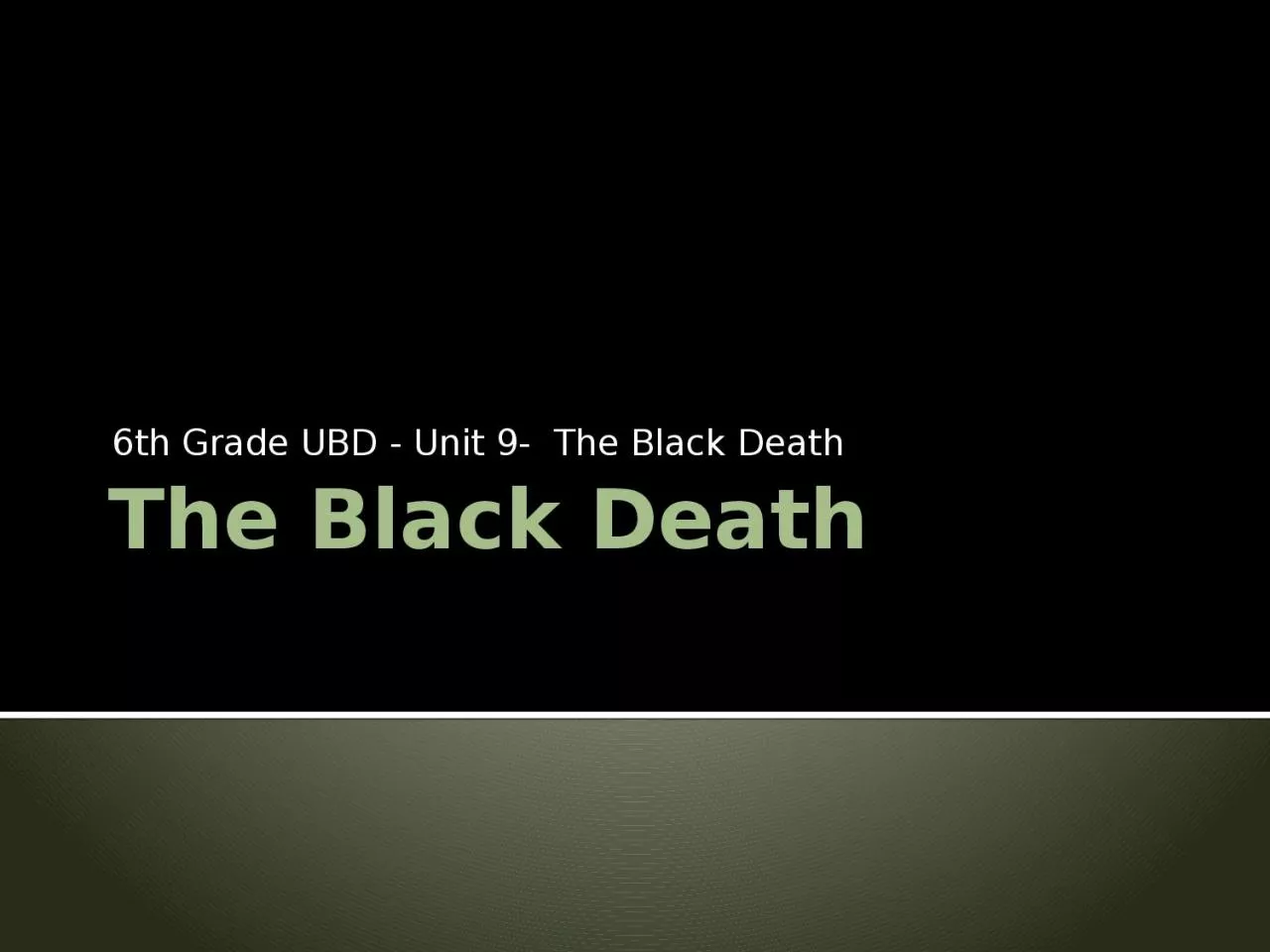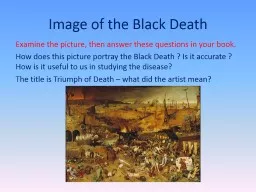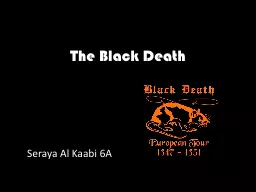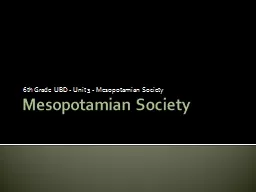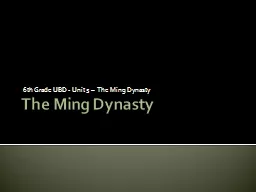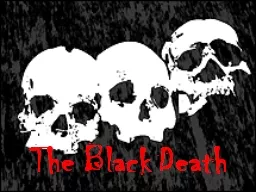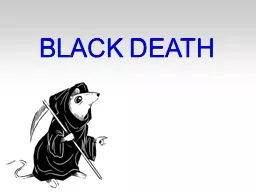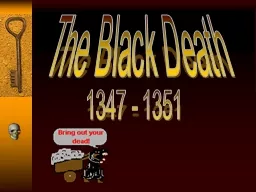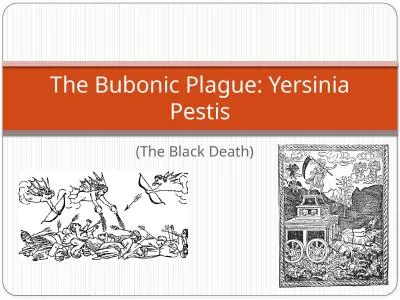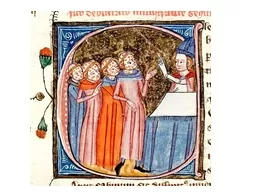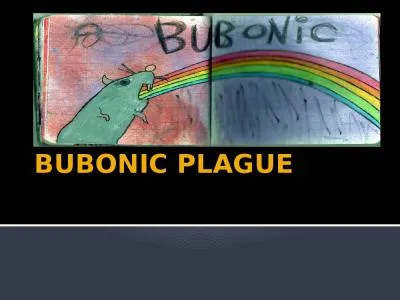PPT-The Black Death 6 th Grade UBD - Unit
Author : roy | Published Date : 2023-07-09
9 The Black Death Preview The Black Death Spread Quickly Plagues infectious diseases that spread among a large population of people were not uncommon in the
Presentation Embed Code
Download Presentation
Download Presentation The PPT/PDF document "The Black Death 6 th Grade UBD - Unit" is the property of its rightful owner. Permission is granted to download and print the materials on this website for personal, non-commercial use only, and to display it on your personal computer provided you do not modify the materials and that you retain all copyright notices contained in the materials. By downloading content from our website, you accept the terms of this agreement.
The Black Death 6 th Grade UBD - Unit: Transcript
Download Rules Of Document
"The Black Death 6 th Grade UBD - Unit"The content belongs to its owner. You may download and print it for personal use, without modification, and keep all copyright notices. By downloading, you agree to these terms.
Related Documents

